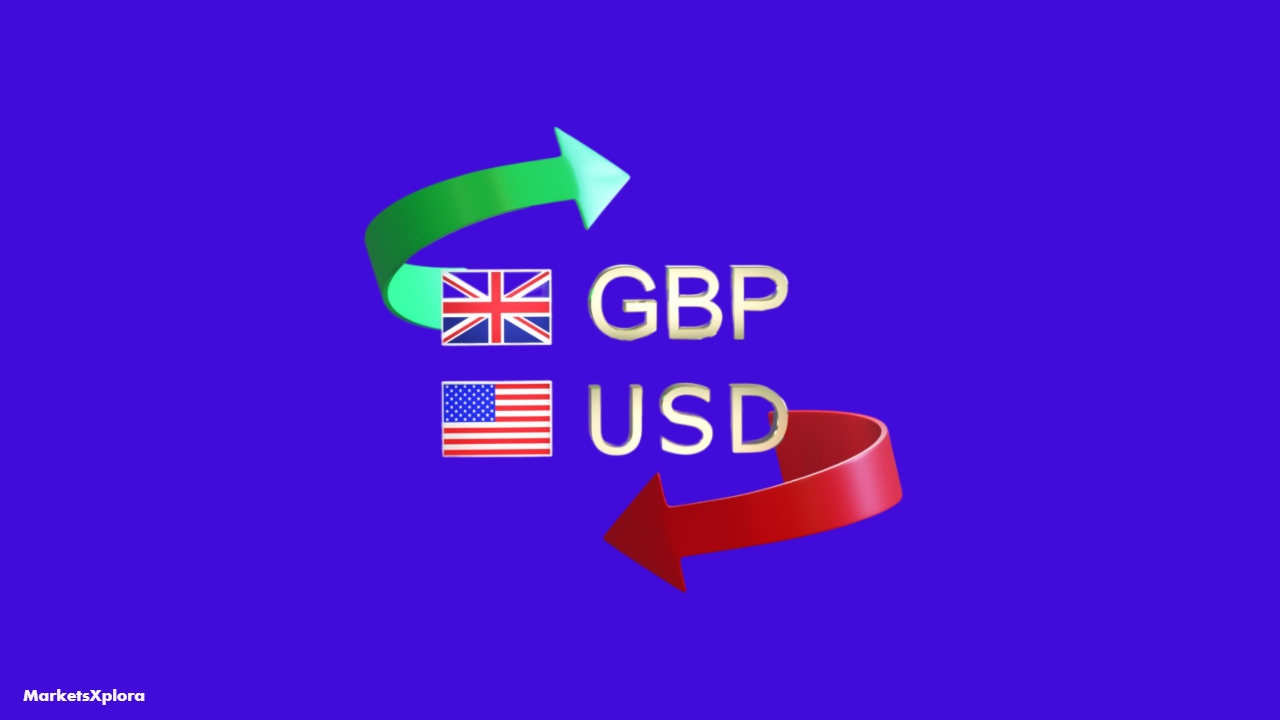Key Insights
- GBP weakens due to risk aversion from Middle East tensions and US economic slowdown fears
- BoE’s cautious stance on rate cuts contrasts with expectations of aggressive Fed rate cuts
- GBP/USD technically at a critical juncture near the lower boundary of a Rising Channel formation
GBP/USD Fundamental Analysis
The Pound Sterling is facing headwinds in the European session, underperforming against most major currencies except for those in the Asia-Pacific region. This weakness can be attributed to a deterioration in market sentiment, which has dampened the appeal of risk-sensitive assets. The primary drivers behind this shift in risk appetite are the escalating tensions in the Middle East and growing concerns about an economic slowdown in the United States.
The geopolitical landscape has taken a turn for the worse, with the conflict between Israel and Iran intensifying. Iran-backed Hezbollah has confirmed launching dozens of missiles at Israel, following Iran’s vow to retaliate against the assassination of Hamas leader Ismail Haniyeh. This escalation has naturally led to an increased demand for safe-haven assets, benefiting currencies like the Japanese Yen and Swiss Franc.
On the domestic front, the Sterling’s trajectory is likely to be influenced by speculation surrounding the Bank of England’s (BoE) future rate decisions. The central bank recently cut interest rates by 25 basis points to 5%, with a split vote of 5-4. However, the BoE has refrained from committing to a predetermined path for future rate cuts. BoE Governor Andrew Bailey emphasized the need to ensure inflation remains low and cautioned against cutting rates too quickly or too drastically.
Despite the weakening of the US Dollar, with the Dollar Index (DXY) plummeting to near 102.40 (its lowest since March 11), the GBP/USD pair has failed to capitalize on this weakness. This can be attributed to the intense risk aversion stemming from the Middle East situation. Furthermore, market expectations of aggressive rate cuts by the Federal Reserve, including a potential 50 basis point cut in September and over 100 basis points of cuts this year, are weighing heavily on the greenback.
Recent US economic data has fueled these rate cut expectations. The July Nonfarm Payrolls report showed lower-than-expected job creation and a jump in the unemployment rate. Additionally, the Manufacturing Purchasing Managers Index (PMI) indicated a faster contraction in the sector. These data points suggest that the US economy is struggling under the weight of higher interest rates, potentially signaling a slowdown on the horizon.
GBP/USD Technical Analysis

On the daily timeframe, the GBP/USD pair is hovering near the lower boundary of a Rising Channel formation. Traditionally, a pullback to this level is viewed as a buying opportunity by market participants. However, the recent break below the crucial support of 1.2900 on July 25 has put the pair on the back foot.
The 100-day Exponential Moving Average (EMA) near 1.2730 has been serving as a significant support level for Sterling bulls. The 14-day Relative Strength Index (RSI) has declined to around 40.00, a level that typically acts as a cushion for the momentum oscillator.
Looking ahead, the round number of 1.2800 presents itself as a key resistance level for Sterling bulls. Should the pair manage to break above this, the next major hurdle lies at the two-year high near 1.3140.


